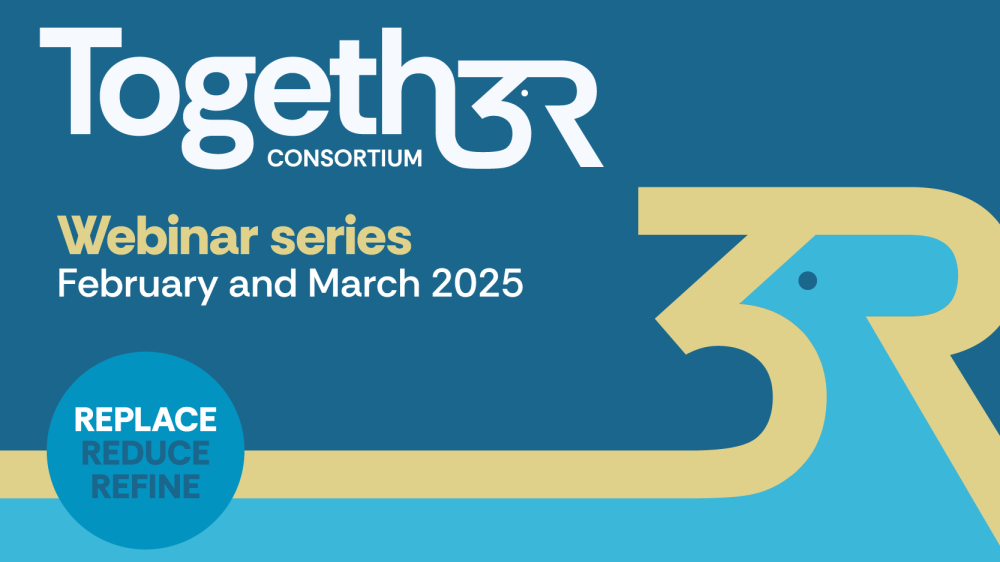£15.9M awarded to develop human in vitro models of complex disease.
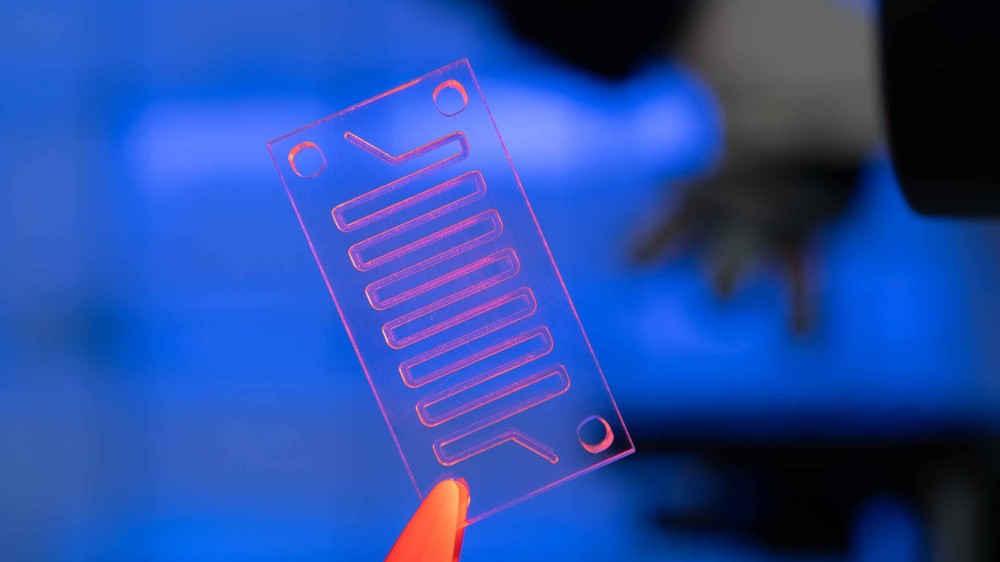
£15.9M awarded to develop human in vitro models of complex disease.

Non-invasive, continuous monitoring of rodent behaviour improves both animal welfare and scientific accuracy in safety pharmacology.
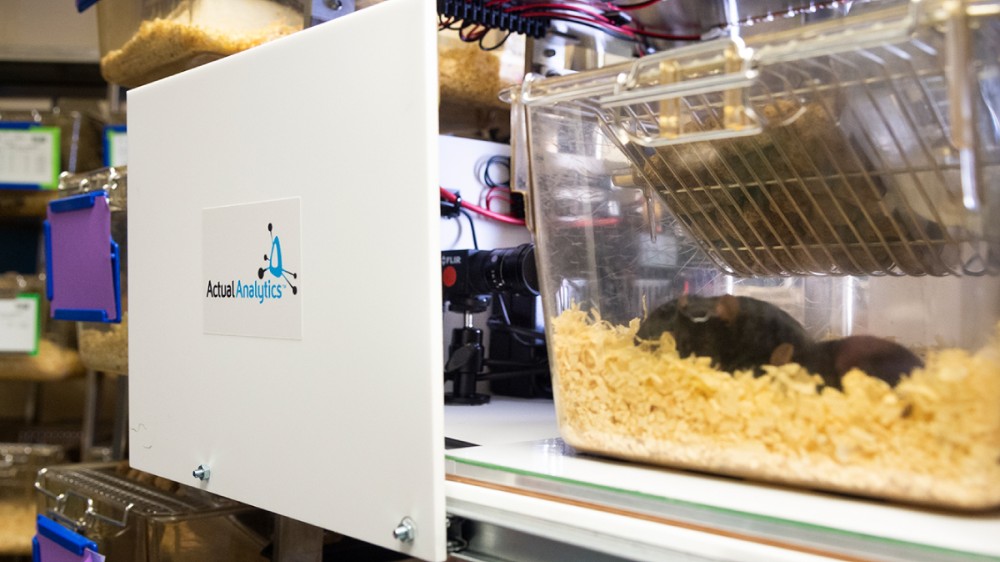
A national training initiative in France is using the EDA to embed robust experimental design into real-world research practice.

NC3Rs staff have co-authored a new chapter in the IACUC Handbook to support ethical review bodies in assessing the reliability of animal research.
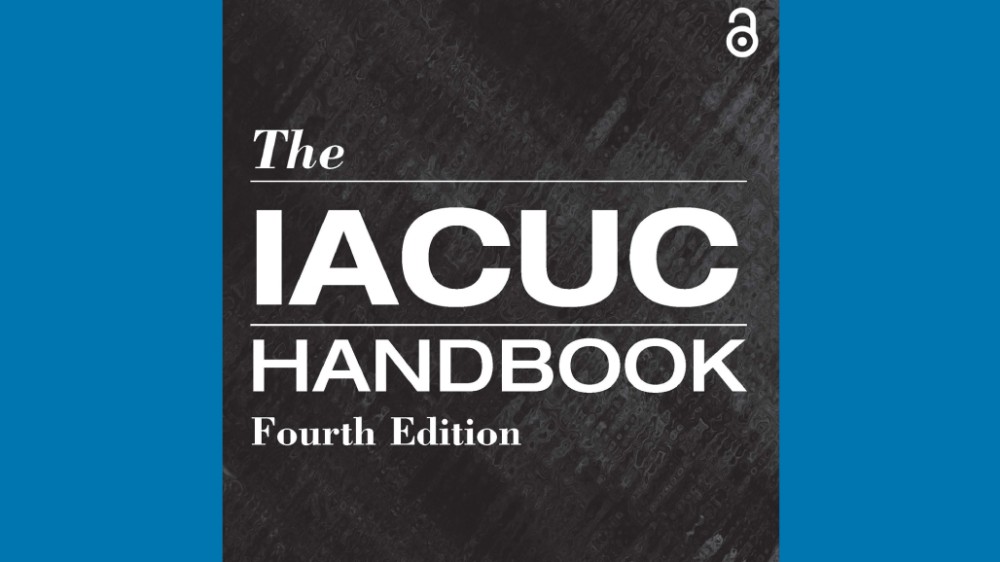
Report highlights the outcomes of the first UK funding call for infrastructure to support animal replacement methods, delivered by the NC3Rs.
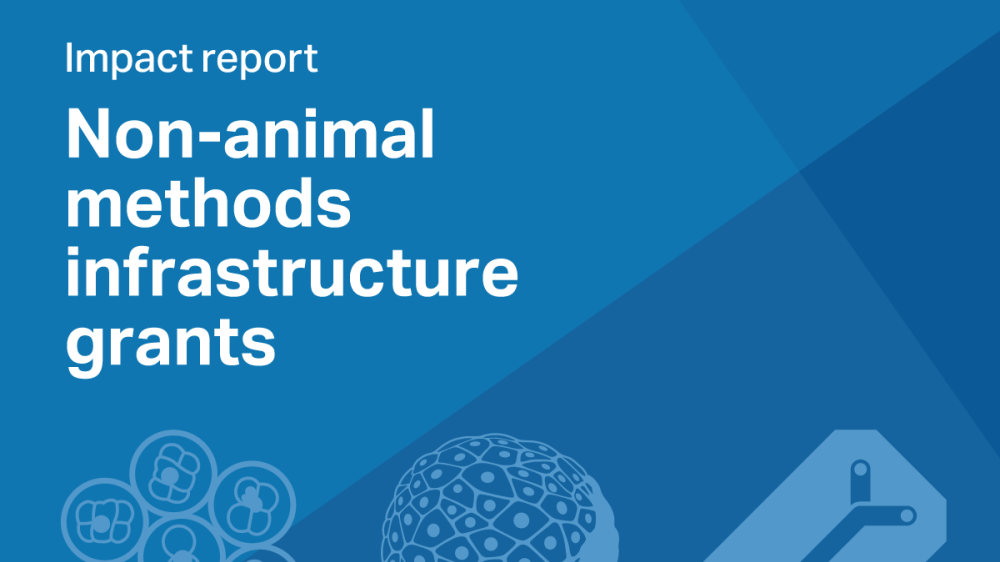
Our annual summer school supports early career researchers in their role as ambassadors for the 3Rs, throughout their PhD and beyond.
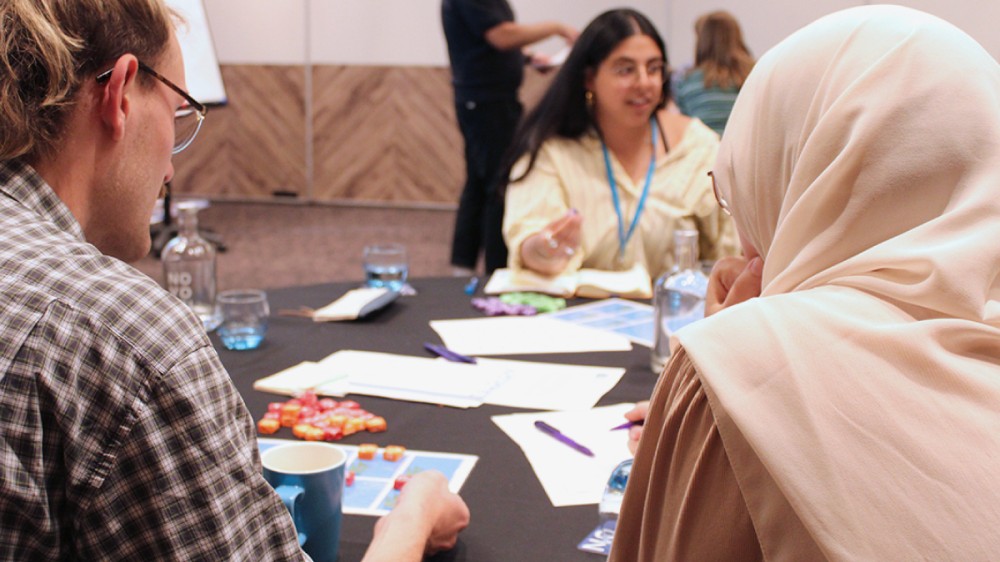
Joint report from the NC3Rs, ABPI and MHRA, exploring how New Approach Methodologies can transform the way medicines are developed.
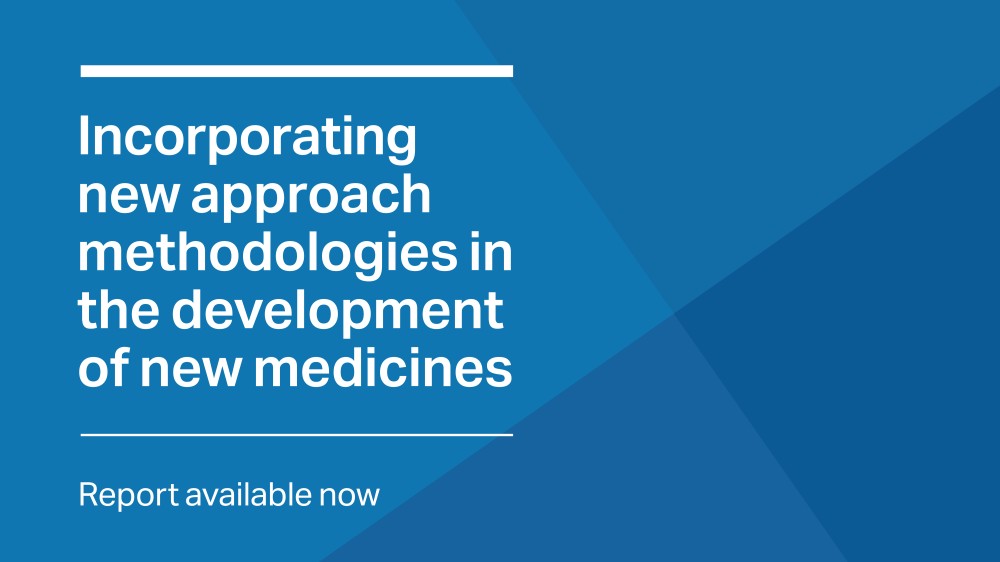
Research recognised by this years’ International 3Rs Prize focuses on strengthening the evidence base to build confidence in and drive uptake of replacement technologies.

The NC3Rs has committed over £60M for research and innovation to develop human-based in vitro models that replace the use of animals, better recapitulate human physiology and disease and increase the efficiency of drug development.

Building academic-industry partnerships to improve the relevance and real-world impact of 3Rs models and technologies.

3Rs Prize winning paper addresses poorly performing antibodies to improve reproducibility and drive the uptake of animal-free alternatives.

Over 3,000 members of the public took part in NC3Rs events and activities last year to learn about the 3Rs.

The most recent webinar series from The Togeth3R Consortium was watched by 3,231 people from across the world. If you were not able to attend, the recordings of the talks are available.

A new publication in Nature Communications outlines a tool to check whether sex has been considered when designing and assessing in vivo research proposals.
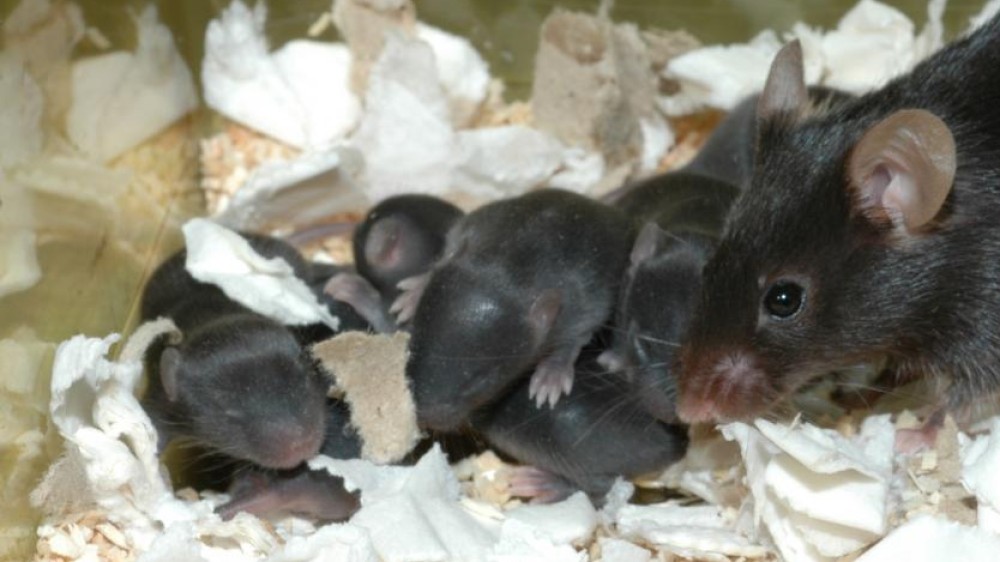
ECVAM will provide expert advice in validating alternative safety assessment methods, helping to bridge the gap between innovation and market adoption.

Over £100k awarded to eleven NC3Rs-funded early career researchers for activities focused on facilitating wider adoption of the 3Rs models, tools and technologies they have developed.

Have you published a paper in the past three years that could have, or is already having, a major 3Rs impact?
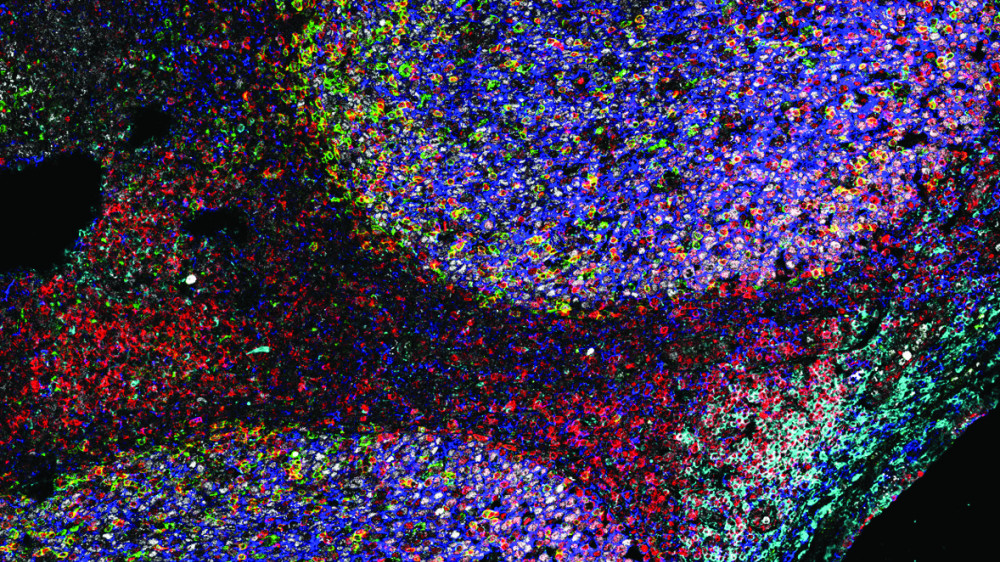
Eight teams begin their BBSRC-NC3Rs ICURe programme.

Awards to catalyse the transfer of 3Rs models, tools and technologies between labs, helping to build confidence and accelerate their adoption.

This series will showcase non-animal approaches in research fields associated with high levels of animal use across four sessions.
